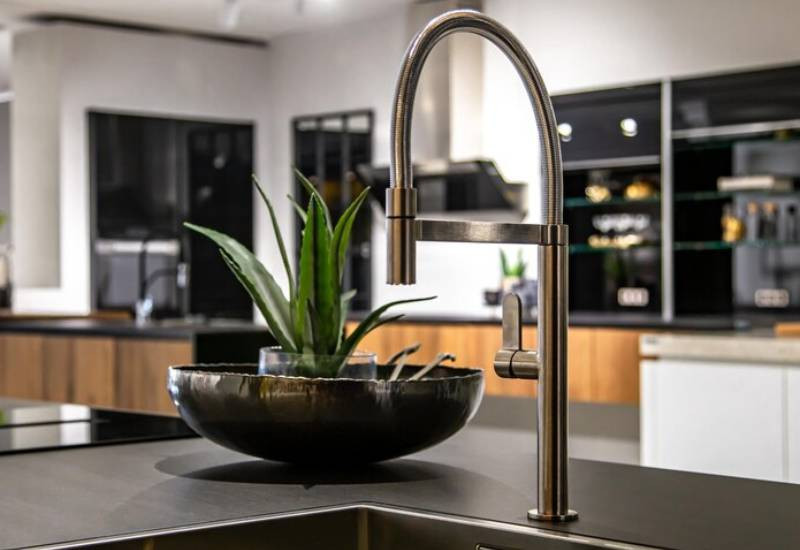
The dreaded clogged sink. A seemingly minor inconvenience, it can quickly turn into a major disruption to your daily routine. Imagine going to wash your hands and the dirty water doesn’t go down, leaving behind a murky, brown line on the clean white sink. Yuck!
Before embarking on a battle against the clog, a basic understanding of its potential causes is crucial.
Oil and food particles: Overtime, a buildup of oil and food particles can accumulate within the drainpipe eventually forming a clog. This is particularly common in kitchen sinks.
Soap scum and hair: This is probably one of the most annoying culprits in bathroom sinks and bathtubs especially if you happen to frequently wash your hair at home. A combination of soap scum and hair can create a formidable blockage.
Foreign objects: Accidental mishaps can lead to small objects such as jewelry or toys, becoming lodged in the drain causing a clog.
So, how do you unclog your sink?
Depending on the severity of the clog, your solutions may include a variety of tools and techniques. In extreme cases, you may be forced to call a plumber. But before you splurge that cash on a professional try this.
The plunger: A household hero, the plunger creates a vacuum within the drainpipe thus dislodging the clog with forceful suction. For optimal results, ensure the sink contains enough water to cover the plunger’s cup.
Boiling water: Often effective for clogs caused by grease buildup, boiling water can melt and loosen the greasy culprit. However, exercise caution when using this method on older or plastic pipes as hot water can cause warping.
Baking soda and vinegar: This classic combination creates a fizzing reaction that can help break down mild clogs. Pour baking soda down the drain followed by vinegar and allow the mixture to bubble for several minutes before flushing with hot water.
The p-trap: This U-shaped section of the pipe located beneath the sink often traps debris and can be a source of clogs. A bucket and wrench are needed to detach the p-trap for cleaning. If you’re unfamiliar with plumbing systems please don’t try this but call a plumber for this step.
While battling a clog can be frustrating, preventing one altogether should be the goal. Here are some simple yet effective preventative measures you need to practice and encourage your family members to exercise the same.
Install drain screens: These small, mesh like screens placed over the drain opening capture food scraps and hair before they enter the drainpipe. These life savers can be bought at Kamukunji, China Center or online at a very affordable fee.
Limit oil down the drain: Instead of pouring leftover cooking oil down the drain, allow it to cool and solidify before discarding it in the trash. Do not be tempted to pour it down the sink.
Regular cleaning: Routinely flush your drains with hot water to help prevent the buildup of soap scum and debris.
If your valiant efforts fail to conquer the clog or if you suspect a more serious issue with your plumbing system, don’t hesitate to seek the assistance of a plumber.
 The Standard Group Plc is a multi-media organization with investments in media platforms spanning newspaper print
operations, television, radio broadcasting, digital and online services. The Standard Group is recognized as a
leading multi-media house in Kenya with a key influence in matters of national and international interest.
The Standard Group Plc is a multi-media organization with investments in media platforms spanning newspaper print
operations, television, radio broadcasting, digital and online services. The Standard Group is recognized as a
leading multi-media house in Kenya with a key influence in matters of national and international interest.










